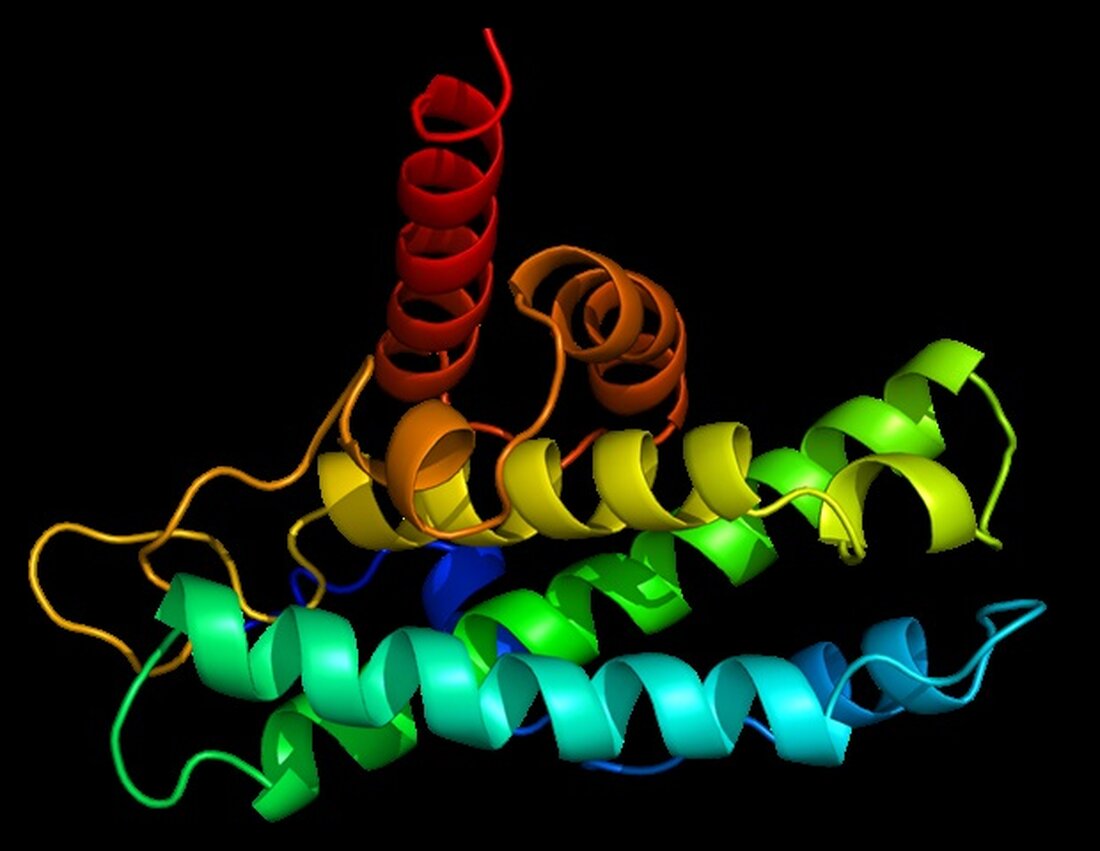Specific stem cell protein involved in medulloblastoma recurrence
The malignant brain tumor of the medulloblastoma type can become resistant to treatment, which can lead to a relapse. Researchers at Uppsala University have discovered a specific protein that makes tumor cells dormant and insensitive to radiation treatment. The research group hopes the findings could eventually lead to better treatments for children at highest risk of relapse. Medulloblastoma is the most common malignant brain tumor in children and can often be cured with surgery, radiation and chemotherapy. But a certain type of medulloblastoma has an increased risk of becoming resistant to treatment. This leads to recurrences, which are strongly associated with increased mortality. Biological…

Specific stem cell protein involved in medulloblastoma recurrence
The malignant brain tumor of the medulloblastoma type can become resistant to treatment, which can lead to a relapse. Researchers at Uppsala University have discovered a specific protein that makes tumor cells dormant and insensitive to radiation treatment. The research group hopes the findings could eventually lead to better treatments for children at highest risk of relapse.
Medulloblastoma is the most common malignant brain tumor in children and can often be cured with surgery, radiation and chemotherapy. But a certain type of medulloblastoma has an increased risk of becoming resistant to treatment. This leads to recurrences, which are strongly associated with increased mortality.
Biological factors
The fact that certain cancer cells can escape treatment suggests that there are biological factors in cancer cells that can increase their resistance to, for example, radiation. In the present study, the research team showed that certain cells within the tumor mass do not divide as often as other cancer cells, making them less sensitive to radiation. They also found enrichment of a specific protein, SOX9, in recurrent samples from patients who had undergone surgery before and after a relapse. They then suspected that SOX9 was involved in the repeat process.
We found that a stem cell protein called SOX9 with high activity was present in rare cells in the tumors and that cells with high SOX9 activity were dormant. SOX9 protected the dormant cancer cells from radiation by temporarily inhibiting another protein that otherwise promotes cell division. In experiments in which we switched off SOX9 using the CRISPR/Cas9 genetic scissors, tumor cells lost their ability to relapse, suggesting that SOX9 is important for this process.”
Fredrik Swartling, Director of Studies, Uppsala University
In animal models that resembled relapse in patients, SOX9 led to increased migration and metastasis of cancer cells to areas within the spinal cord. The cancer cells were also reprogrammed to evade detection by the immune system. These are factors that could promote a relapse.
Bioinformatics analyses
The researchers further examined how substances that inhibit SOX9 affected the development of relapses in animal models. Using bioinformatics analysis, they discovered some drugs used for other treatments that unexpectedly had a suppressive effect on SOX9 during relapses.
"We hope that our discovery could lead to more specific treatments against these SOX9-positive, slowly dividing cancer cells. Ultimately, it could improve the ability to treat children with medulloblastoma, who are at highest risk of recurrence," says Anna Borgenvik, a postdoctoral fellow in the research group that developed the treatment studies based on those of Holger Weishaupt, a researcher on the team carried out bioinformatics analyses.
The study was conducted in collaboration with the Preclinical Cancer Treatment Center, a pilot facility sponsored by SciLifeLab and Uppsala University.
Financial support was received from the Swedish Childhood Cancer Foundation, the Swedish Cancer Society, the Swedish Research Council, the Swedish Society of Medicine, the Swedish Brain Foundation, the European Research Council – Horizon 2020, the Ragnar Söderberg’s Foundation and Worldwide Cancer Research.
Source:
Reference:
Borgenvik, A., et al. (2022) Quiescent SOX9-positive cells facilitate MYC-driven recurrence of medulloblastoma. Cancer research. doi.org/10.1158/0008-5472.CAN-22-2108.
.

 Suche
Suche
 Mein Konto
Mein Konto
